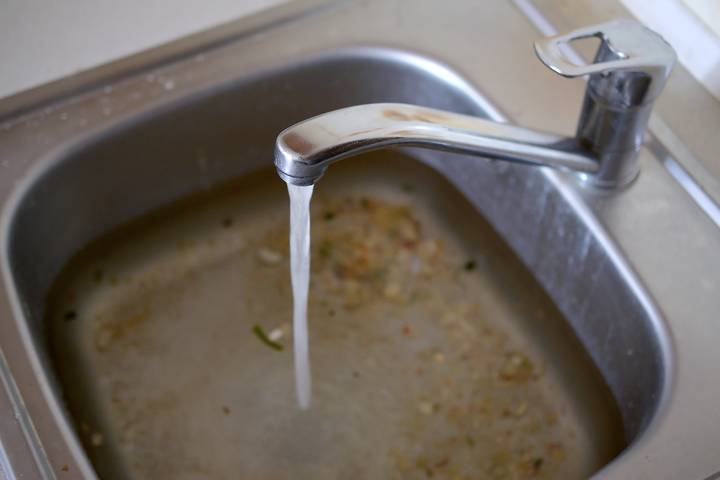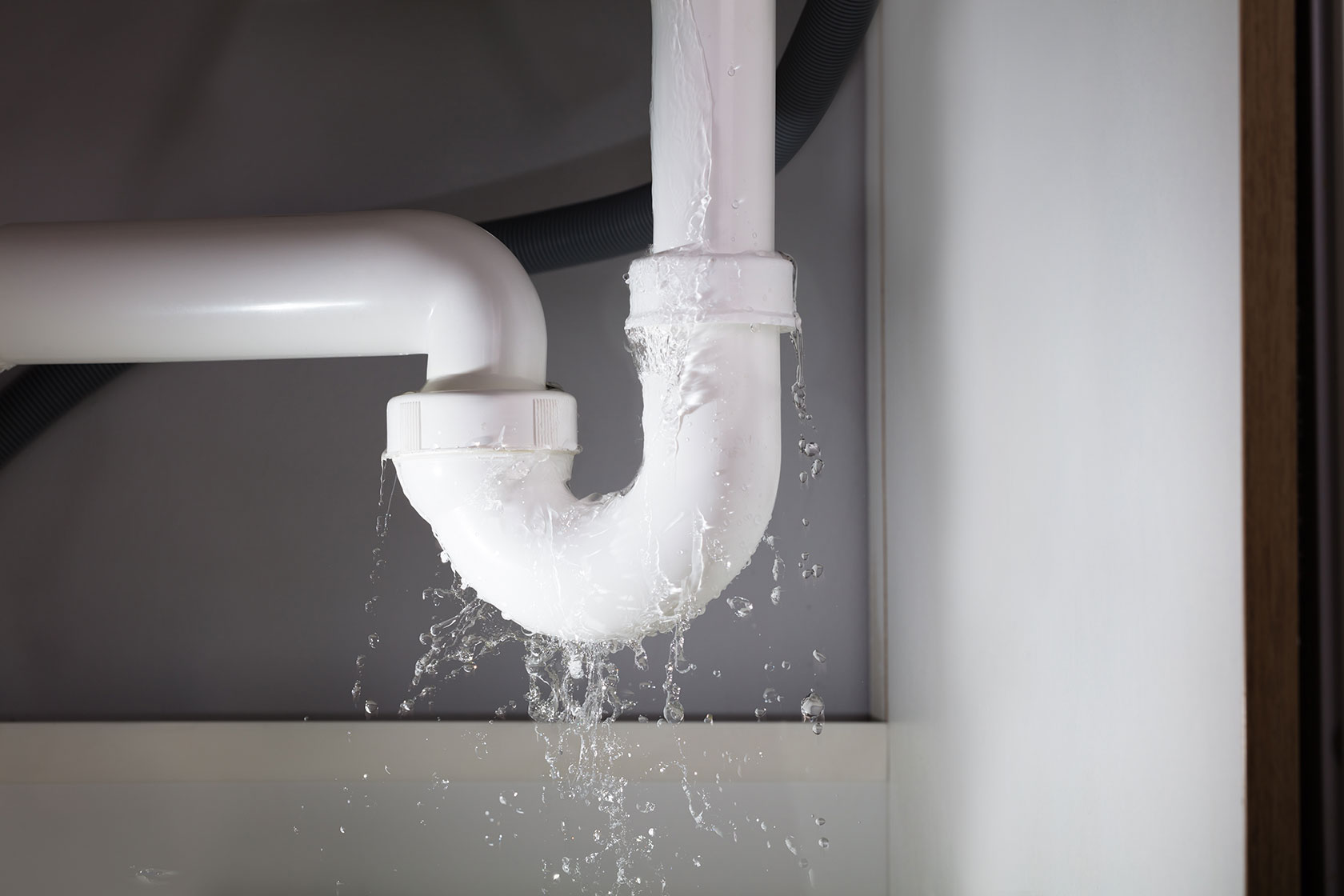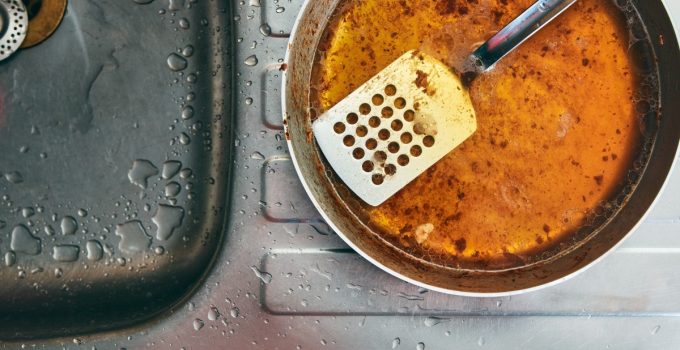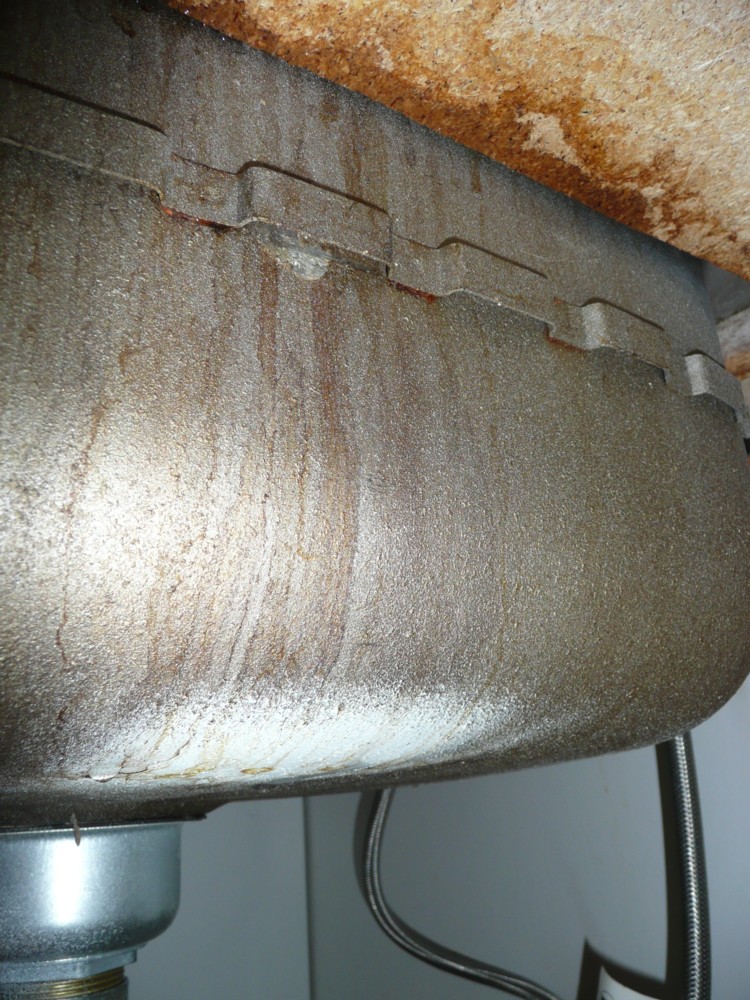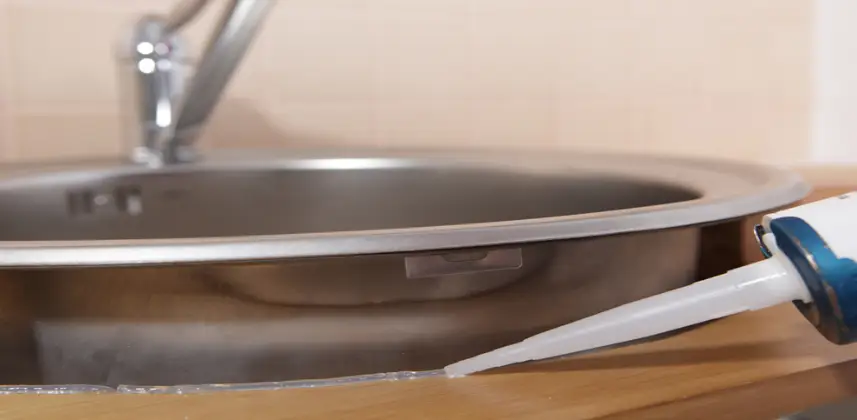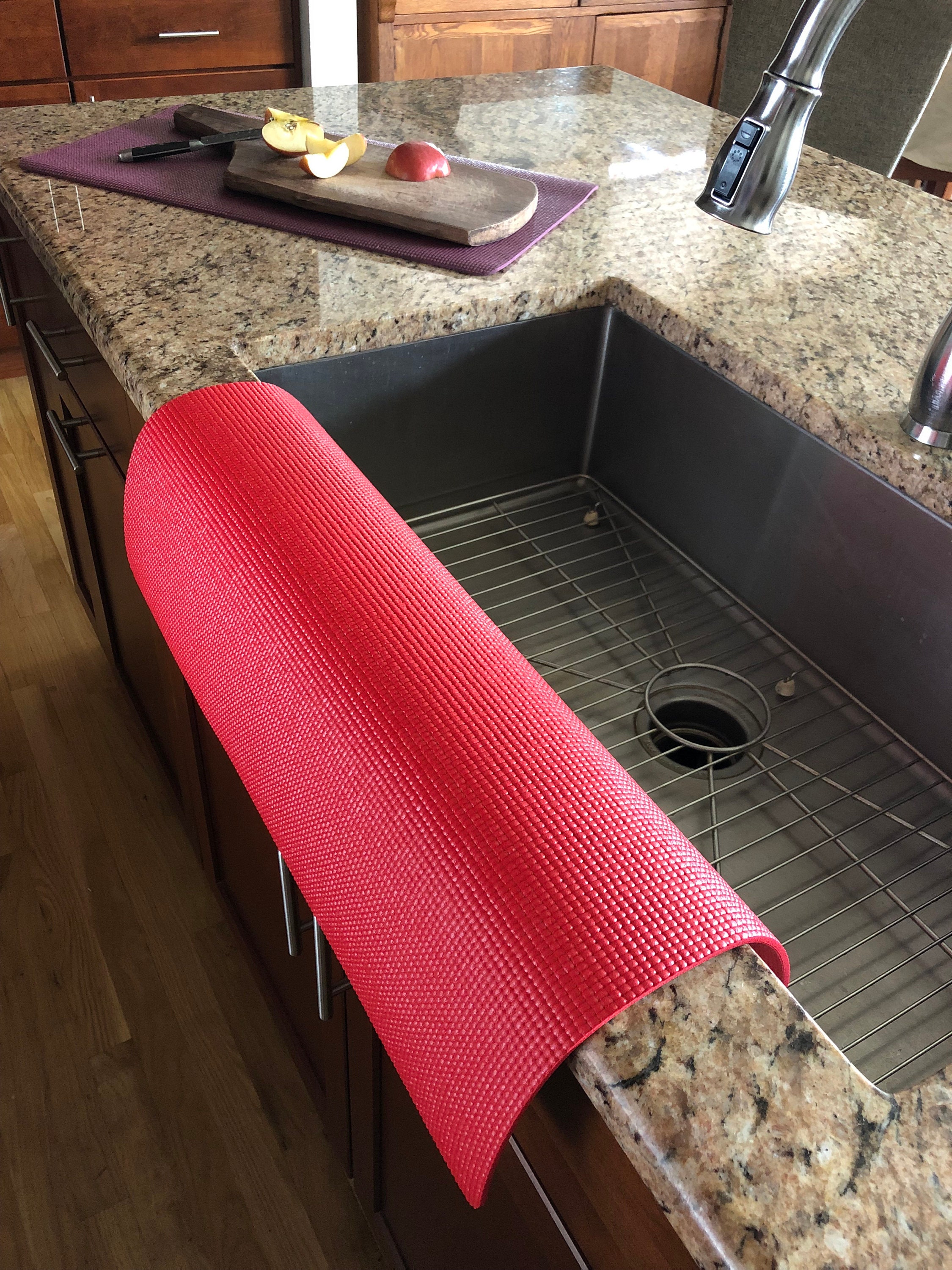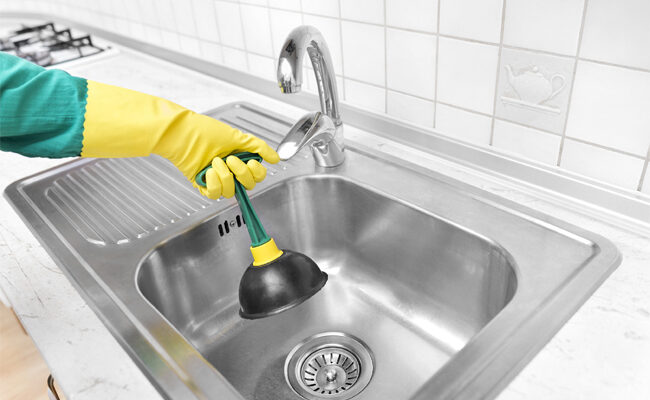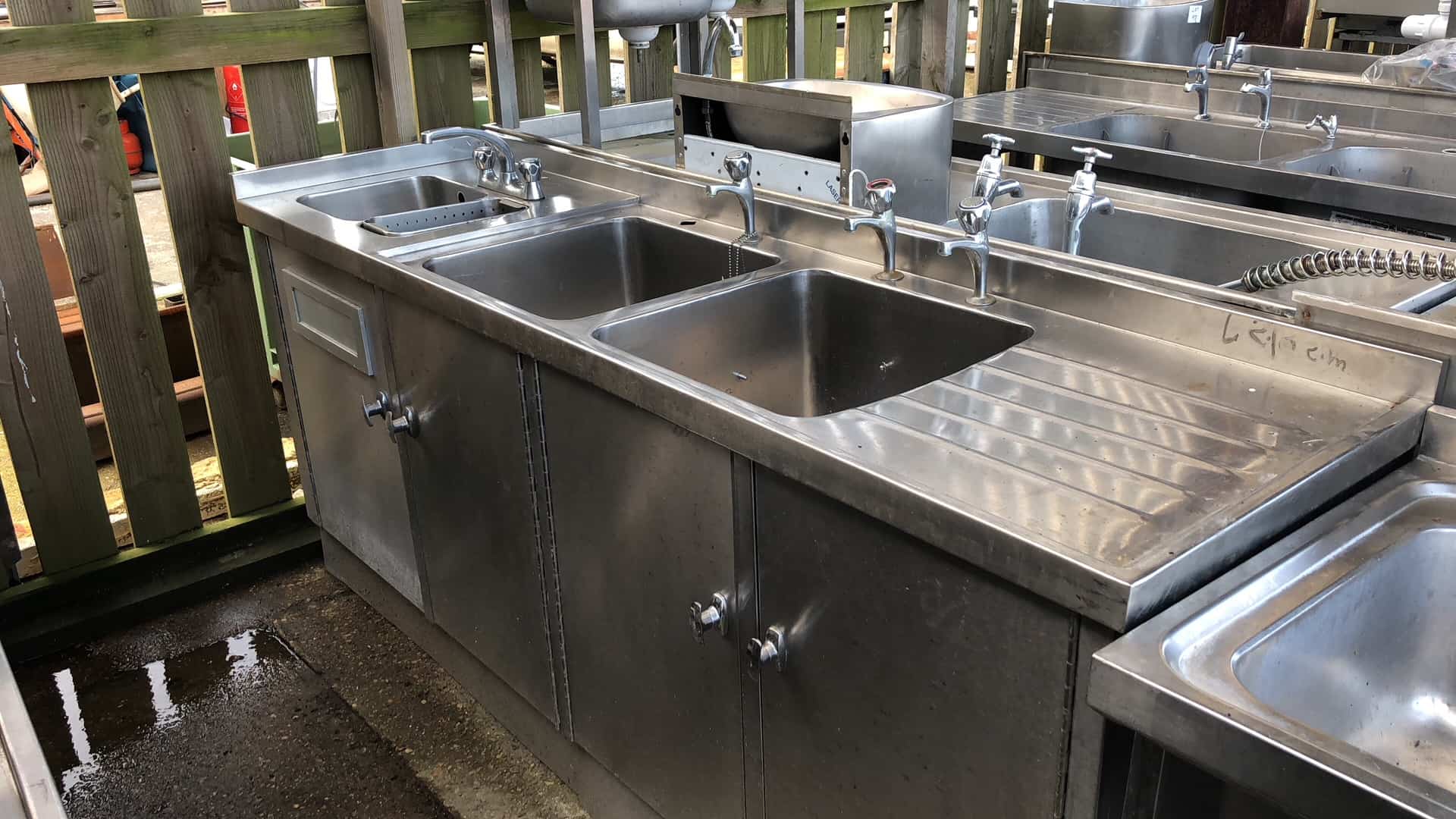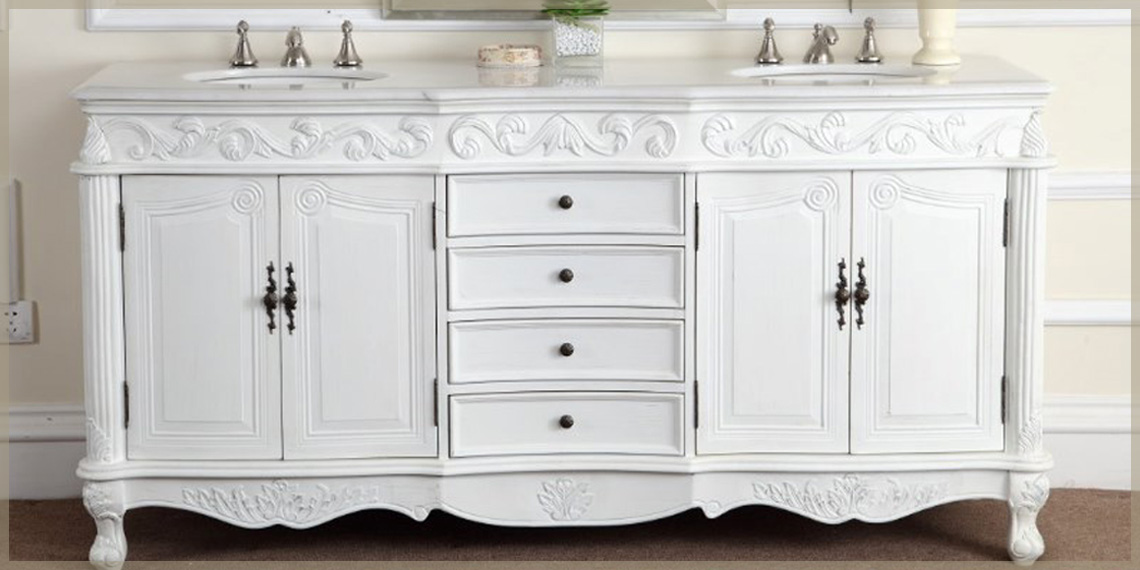If your kitchen sink is clogged, it can be a frustrating and messy problem to deal with. But with the right tools and techniques, you can easily fix it yourself without having to call a plumber. One of the easiest ways to unclog a kitchen sink is to use a plunger. Simply place the plunger over the drain and push down and pull up repeatedly until the blockage is dislodged. You can also try using a mixture of hot water, baking soda, and vinegar to break down the clog. Pour a cup of baking soda down the drain, followed by a cup of vinegar. Cover the drain with a cloth or stopper and let it sit for 30 minutes. Then, pour a pot of hot water down the drain to flush out the clog. If these methods don't work, you may need to use a plumbing snake or call a professional for more advanced solutions.1. How to Fix a Clogged Kitchen Sink
A leaking kitchen sink can be caused by a variety of factors, including worn out pipes, loose connections, or a damaged sink itself. One of the most common causes is a worn out seal between the sink and the countertop. Over time, this seal can deteriorate and cause water to seep through. Another common cause of a leaking kitchen sink is a damaged or clogged drain pipe. If the pipe is cracked or blocked, water can leak out and cause damage to your cabinets or floors. It's important to address a leaking kitchen sink as soon as possible to prevent further damage and potential mold growth.2. Causes of a Leaking Kitchen Sink
Unclogging a kitchen sink drain can be a messy and unpleasant task, but it's important to take care of it right away to prevent further damage. As mentioned before, using a plunger and a mixture of hot water, baking soda, and vinegar are effective methods for unclogging a kitchen sink. You can also try using a plumbing snake or removing the drain trap to manually remove the blockage. If these methods don't work, it's best to call a professional plumber to avoid causing more damage to your pipes.3. How to Unclog a Kitchen Sink Drain
It's important to be able to identify the signs of a clogged kitchen sink so you can address the issue before it becomes a bigger problem. Some common signs include slow draining water, gurgling sounds coming from the drain, and foul odors emanating from the sink. You may also notice water pooling around the sink or leaks under the sink cabinet. If you notice any of these signs, it's important to take action and unclog your kitchen sink to prevent further damage.4. Common Signs of a Clogged Kitchen Sink
If you have identified a leaking pipe under your kitchen sink, it's important to fix it as soon as possible to prevent water damage to your cabinets and floors. First, turn off the water supply to the sink and then remove any remaining water from the pipes using a bucket or towels. Next, check the pipes for any cracks or damage. If the pipe is damaged, you can try using a pipe repair clamp or replace the damaged section of the pipe. If the leak is coming from a loose connection, you can simply tighten the connection with a wrench.5. How to Fix a Leaking Kitchen Sink Pipe
The best way to deal with a clogged kitchen sink is to prevent it from happening in the first place. Here are a few tips to help you avoid a clogged kitchen sink: - Don't pour grease or oil down the drain. This can solidify and cause blockages in your pipes. - Use a drain strainer. This will catch any food particles or debris before it can go down the drain. - Run hot water after each use. This can help flush out any small particles or grease that may have escaped the strainer. - Avoid putting fibrous or starchy foods down the drain. These can easily get caught in the pipes and cause a clog.6. Tips for Preventing a Clogged Kitchen Sink
It's important to regularly check for leaks in your kitchen sink to catch any issues before they become bigger problems. To identify a kitchen sink leak, first, turn off the water supply and dry the sink and pipes with a towel. Next, turn the water supply back on and check for any visible leaks. You can also add a few drops of food coloring to the water and check for any colored water leaking from the pipes. If you notice a leak, it's important to fix it as soon as possible to prevent further damage.7. How to Identify a Kitchen Sink Leak
If you're dealing with a clogged kitchen sink, there are a few DIY solutions you can try before calling a professional. In addition to using a plunger or a mixture of hot water, baking soda, and vinegar, you can also try using a plumbing snake or removing the drain trap to manually remove the blockage. You can also try using a chemical drain cleaner, but be cautious as these can be harsh and may cause damage to your pipes. It's always best to use natural solutions if possible.8. DIY Solutions for a Clogged Kitchen Sink
Repairing a leak in your kitchen sink drain can be a simple fix or a more complex issue, depending on the cause and severity of the leak. If the leak is coming from a damaged pipe, you may need to replace the pipe or use a pipe repair clamp. If the leak is coming from a loose connection, you can simply tighten the connection with a wrench. However, if the leak is coming from a corroded or damaged sink, you may need to replace the entire sink to fully fix the issue.9. How to Repair a Kitchen Sink Drain Leak
If you're unable to resolve a clogged or leaking kitchen sink on your own, it's best to call a professional plumber for assistance. They have the tools and expertise to quickly and effectively fix the issue without causing any further damage to your pipes or sink. A professional plumber can also provide preventative maintenance services to help you avoid future clogs and leaks in your kitchen sink. It's important to address these issues as soon as possible to avoid costly repairs and potential health hazards.10. Professional Services for a Clogged and Leaking Kitchen Sink
The Importance of Proper Drainage in Kitchen Design

The kitchen is the heart of the home, and as such, it sees a lot of activity and use. With all the cooking, cleaning, and daily tasks that take place in the kitchen, it's no wonder that the sink can easily become clogged and start leaking underneath. This not only poses a major inconvenience for homeowners, but it can also cause serious damage to the overall structure of the house. That's why proper drainage is a crucial aspect to consider in kitchen design.

When designing a kitchen, many homeowners focus on aesthetics and functionality, but often overlook the importance of proper drainage. The kitchen sink is one of the most used areas in the kitchen, and it's essential that it is designed and installed correctly to avoid issues such as clogs and leaks. Proper drainage is the key to keeping your kitchen sink functioning properly and preventing any potential damage to your home.
One of the main reasons for a clogged kitchen sink is improper installation. If the sink is not installed at the correct angle, water will not flow freely and can cause debris to build up and eventually lead to a clog. Additionally, using incorrect plumbing materials or not regularly maintaining the sink can also contribute to clogs and leaks. It's important to hire a professional and experienced plumber to ensure that your kitchen sink is installed correctly and that the plumbing materials used are of high quality.
Another factor to consider is the type of sink you choose for your kitchen. While it may be tempting to opt for a trendy or stylish sink, it's important to choose one that is functional and practical. A sink with a single large basin may look modern, but it can also make it more difficult for water to drain properly. Instead, consider a double or triple basin sink, which allows for better drainage and can prevent clogs and leaks.
In addition to proper installation and choosing the right sink, there are other measures you can take to ensure proper drainage in your kitchen. Regularly cleaning and maintaining your sink, using a drain cover to catch any food or debris, and avoiding pouring grease or oil down the drain are all simple yet effective ways to prevent clogs and leaks. By taking these precautions, you can save yourself from the hassle and expense of dealing with a clogged or leaking kitchen sink.
In conclusion, proper drainage is a crucial aspect of kitchen design that should not be overlooked. Not only does it ensure that your sink functions properly, but it also helps to prevent any potential damage to your home. By hiring a professional plumber, choosing the right sink, and taking preventative measures, you can keep your kitchen sink running smoothly and avoid any major issues in the future.




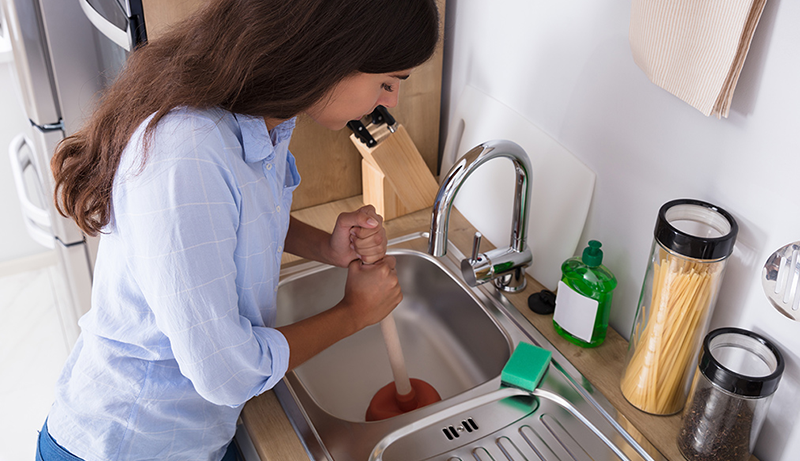

/how-to-unclog-a-kitchen-sink-2718799_sketch_FINAL-8c5caa805a69493ab22dfb537c72a1b7.png)





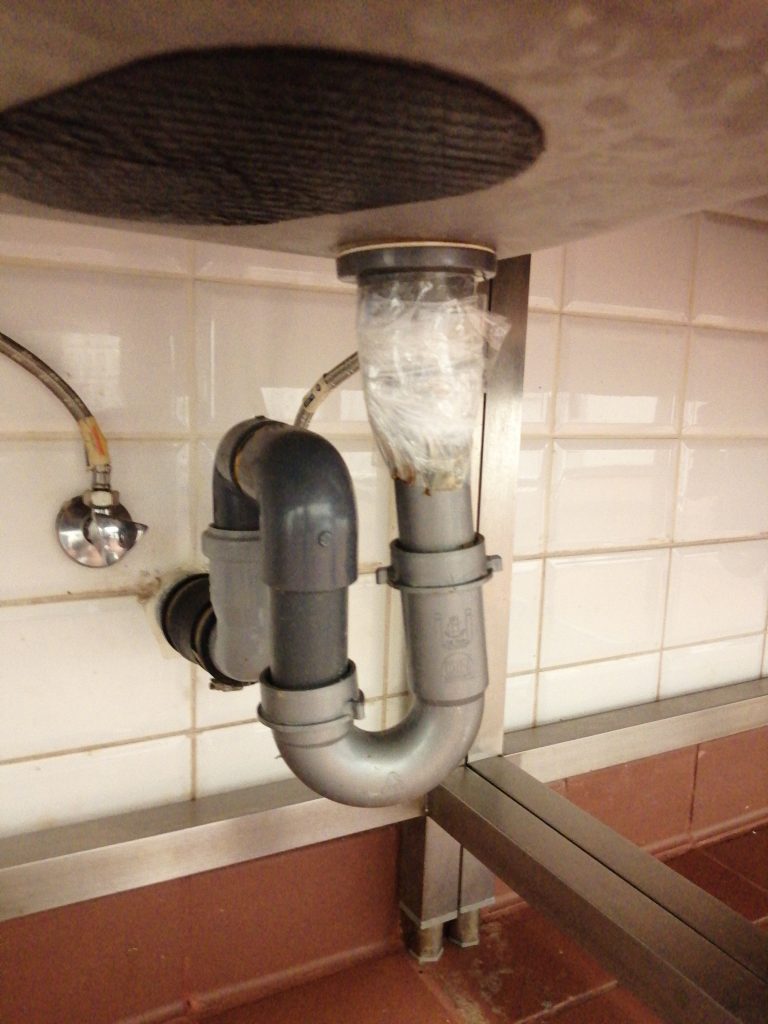
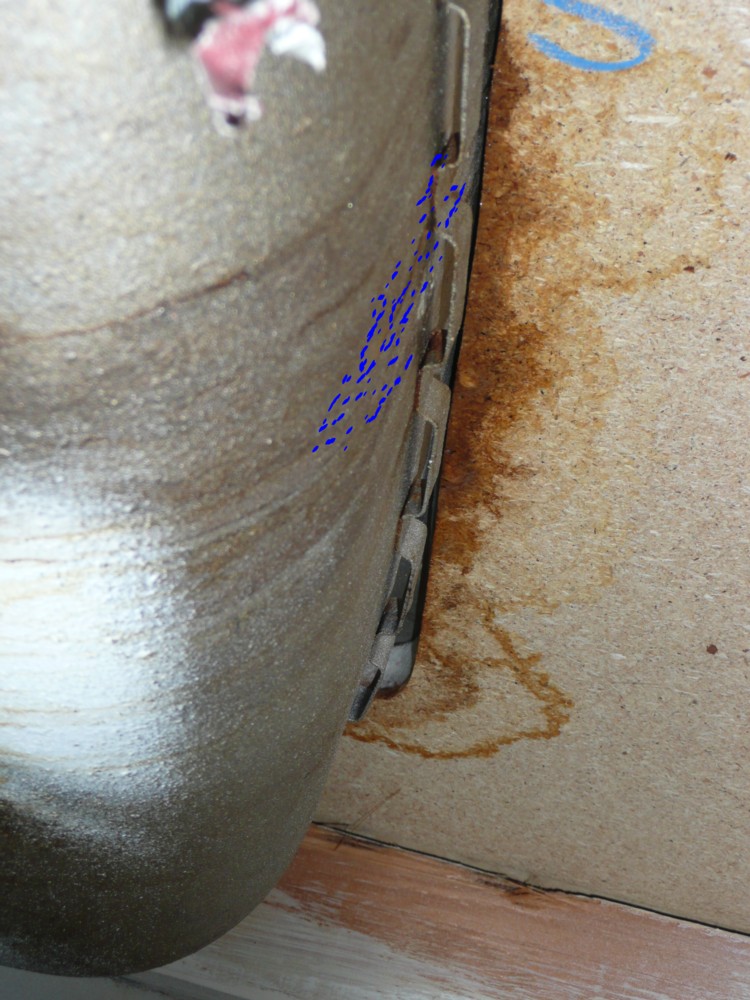




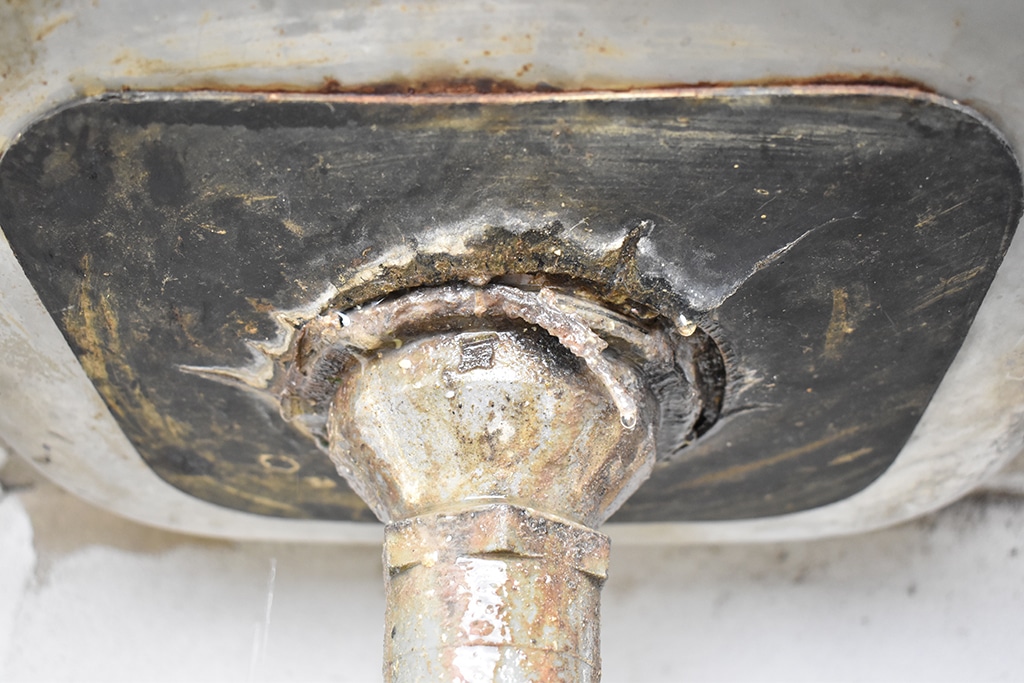

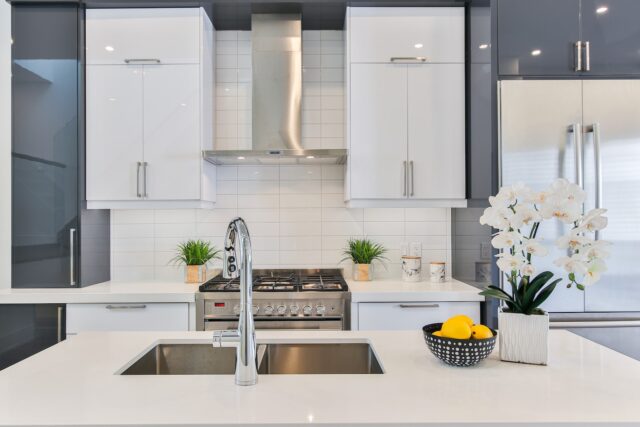





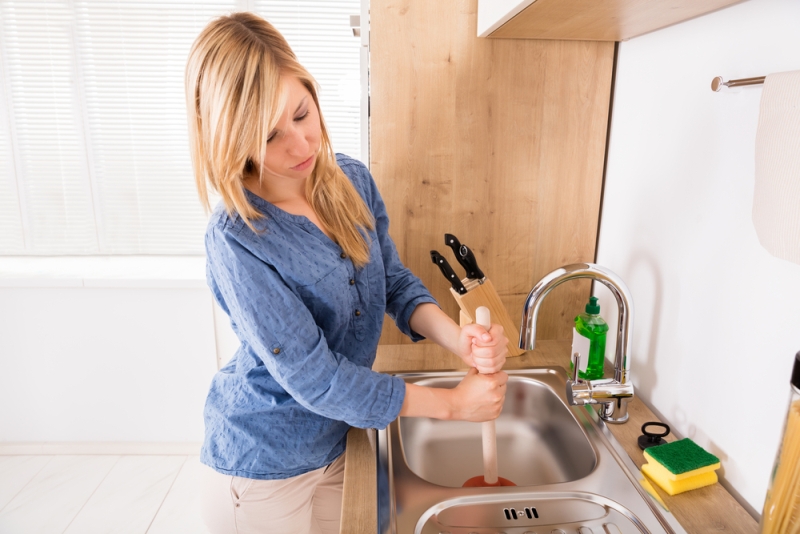

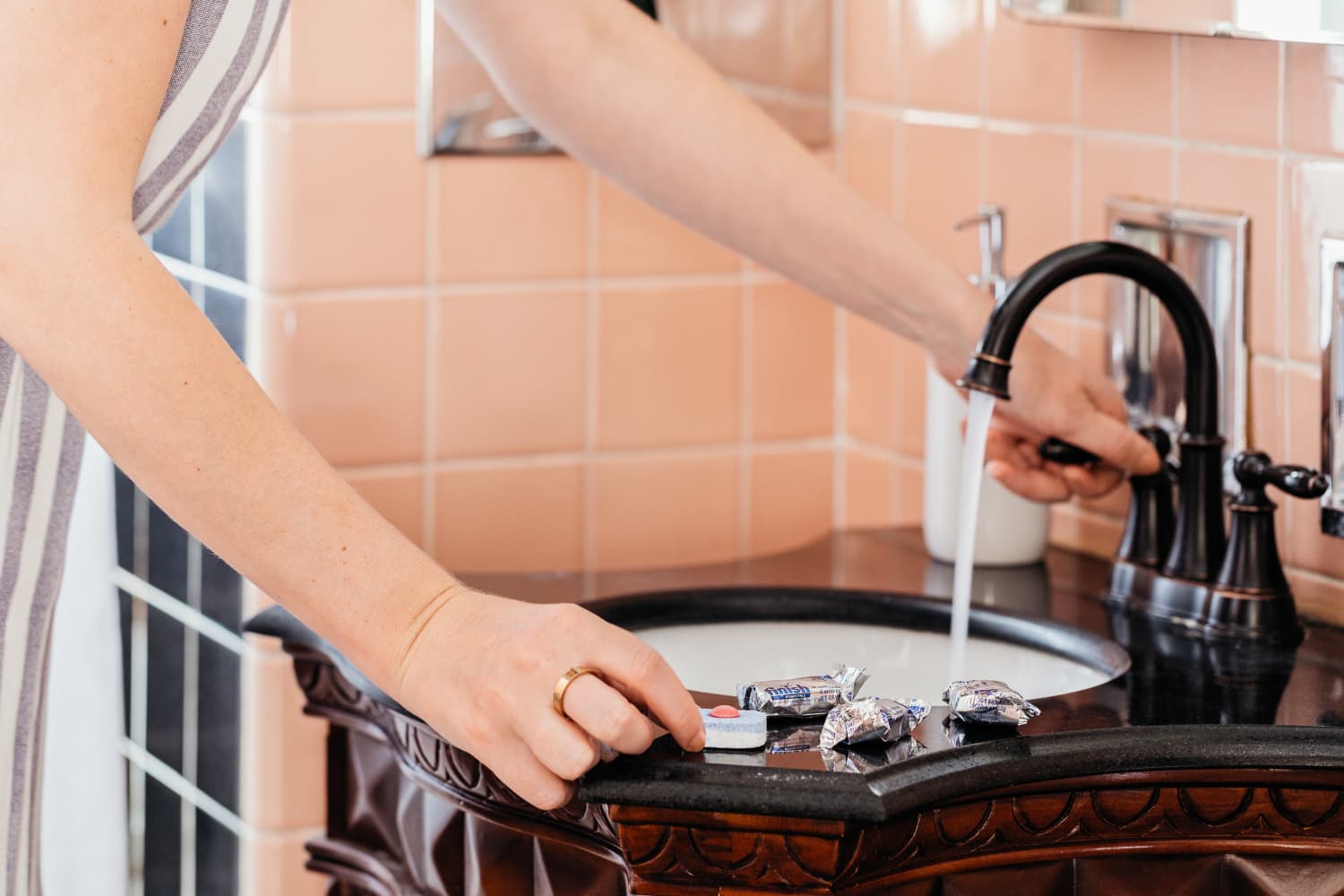
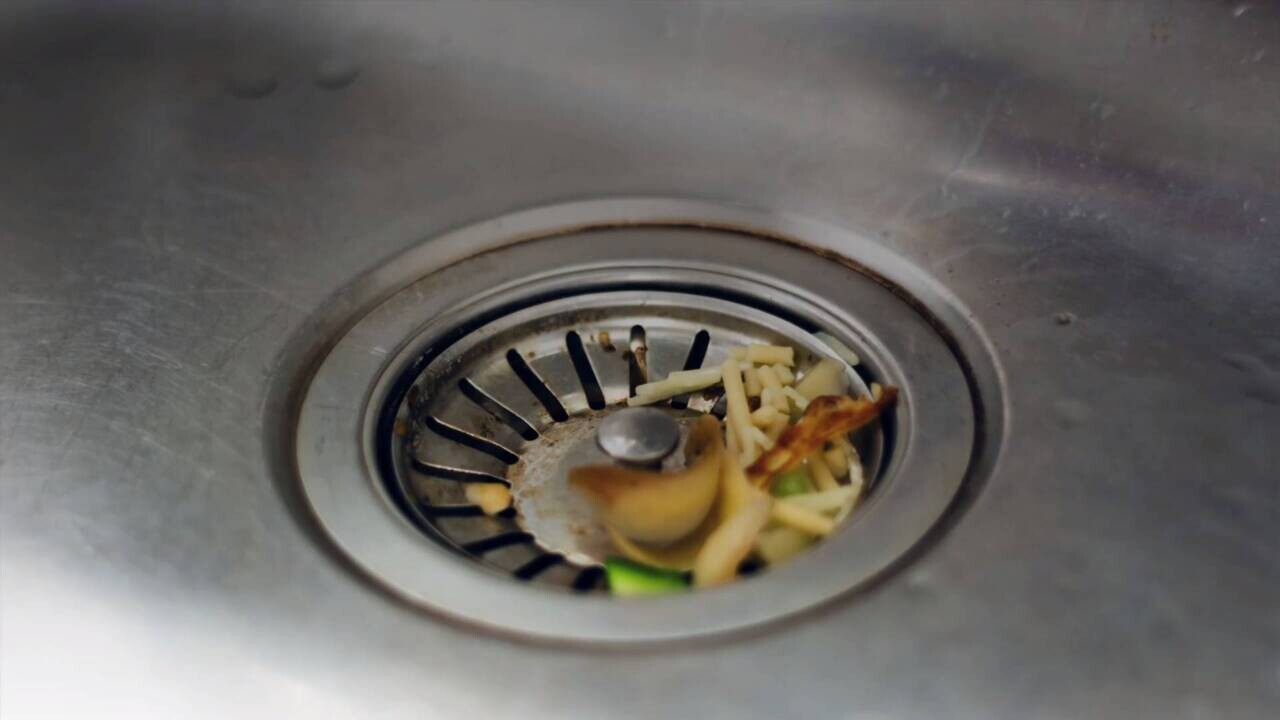
/Kitchen-sink-791172_1920-589cd9b25f9b58819c51b2e1.jpg)










